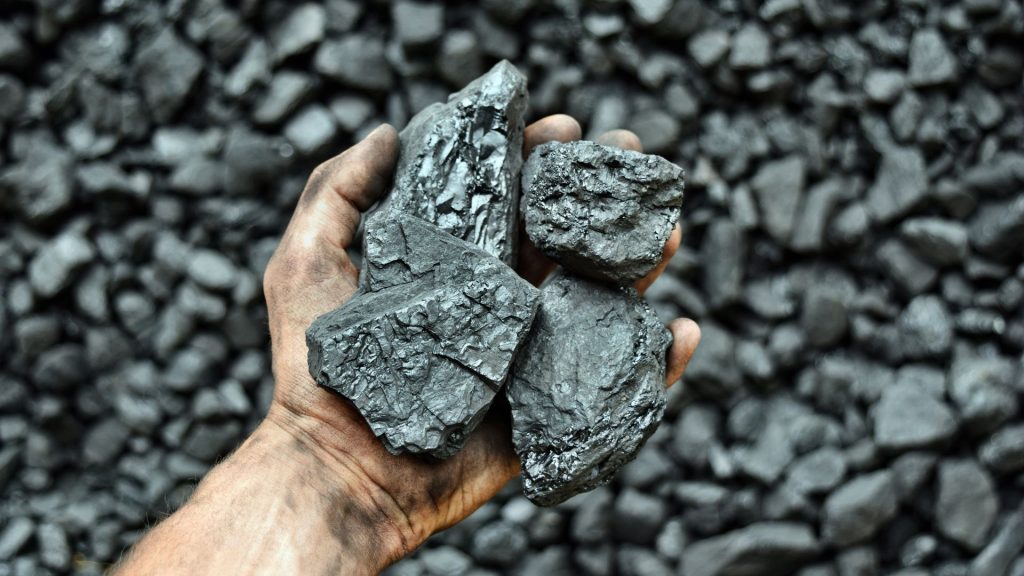Minerals are inorganic substances found naturally. They form solid structures with ordered or regular three dimensional crystal structures, and there are seven separate crystal systems.
Mineral properties include color, streak, hardness, luster and diaphaneity (how translucent a mineral appears). Hardness can be measured on the Mohs scale; 10 being the hardest.
What is a mineral?
Minerals are natural substances with unique chemical and physical properties. Usually solid and inorganic substances with crystalline structures, minerals can either consist of one chemical element (e.g. salt) or often more often an array of elements (like crystallised forms of metals).
Physical properties of minerals may include their cleavage and symmetry, hardness, luster, fluorescence and color; these may vary between minerals within reasonable limits and be altered by impurities present.
Transparency or opacity of minerals is another defining characteristic. Some, like quartz, allow light to pass through them; other minerals like feldspar are opaque.
The International Mineralogical Association (IMA) defines minerals as solid substances with well-established composition and crystal structures, identifiable through samples. This definition encompasses metallic elements and compounds such as gold and silver; but excludes man-made materials like base metals used in electrical wiring or plumbing pipes or food cans or batteries and the amorphous carbons found in coal or oil deposits.
How do minerals get their names?
Names of minerals often correspond with their physical characteristics. For instance, the mineral Glaucophane is known for its vivid blue color while vermiculite can expand into worm-like structures when heated. Other mineral names reflect either how a stone looks or its chemical makeup.
Over half of all official mineral species have been named after people–usually scientists. The practice of ending mineral names with “ite” originally made it easier for mineralogists to pronounce and understand them while studying them.
Today, new mineral names are proposed and approved by the International Commission on Mineral Nomenclature and Classification. A mineral might be named for an individual miner or rock formation – such as armalcolite was co-named by Edwin E. “Buzz” Aldrin and Michael Collins of Apollo 11 crew). Some minerals also carry names associated with specific locations or public figures like Mozartite (basic zinc arsenate) or Uvarovite (garnet group member), named in honor of 19th-century Russian statesman Sergey Uvarov.
What are some common minerals?
Silicon and oxygen silicates are some of the most abundant minerals on Earth, constituting much of its sedimentary, igneous, and metamorphic rocks as well as many natural gems found here.
Quartz can be found in almost all rock types and is one of the most prevalent minerals, while feldspar is abundant in many igneous and metamorphic rocks. Due to its various crystal structures and unique properties, feldspar stands out among Earth’s various mineral offerings as one of its most versatile elements.
Other common minerals include halite (salt), calcite – which has more than 600 crystal forms – graphite for pencils and lubricants, soft talc that scratches easily with your fingernail, and gypsum used in construction materials like drywall and plaster. Other mined minerals, like galena (lead sulfide) and pyrite (iron sulfide), are mined for their metal content for batteries, shielding, weights as fishing line sinkers whereas copper mined from mined locations is mined for electrical wiring purposes and coins.
What are some rare minerals?
Rare minerals can often be the most beautiful and captivating specimens. They provide scientists with insights into the harsh conditions under which they were formed as well as providing insight into Earth history.
Tanzanite, one of several minerals belonging to the zoisite family known for their beauty and durability, is considered the gem par excellence.
Xenotime, a rare mineral consisting of phosphate, contains high concentrations of the heavy rare earth elements yttrium and thulium, similar to monazite but with distinct radioactive compounds and more potential uses. China dominates production due to their rich deposits and willingness to mine under environmental-risky circumstances; some experts have proposed alternative strategies for decreasing demand such as developing substitute technologies or technologies requiring less of these essential minerals.


